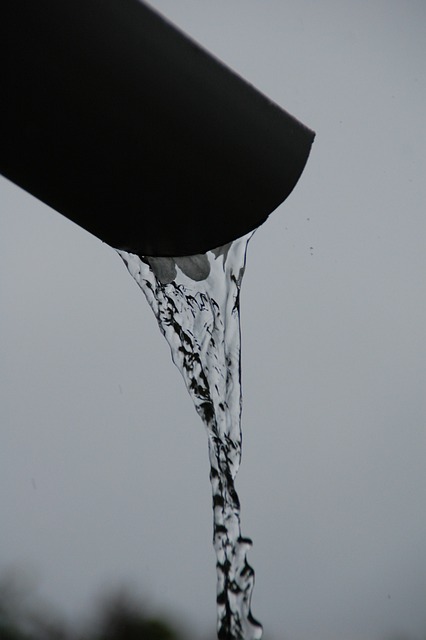Jones Plumbing offers Heat Recovery Units (HRUs) and Systems that capture waste heat from air, water, and surfaces, repurposing it for preheating and hot water supply. These solutions reduce energy consumption, carbon emissions, and operating costs in residential and commercial buildings, as well as in industries like manufacturing, food processing, and chemical plants. HRUs are applicable in new constructions and retrofits, providing sustainable heating and hot water supply at various scales.
Discover the transformative power of Heat Recovery Units (JRUs) with our comprehensive guide. Explore how these innovative systems capture and reuse heat, significantly reducing energy consumption and costs. From the mechanics behind their operation to diverse industry applications, we demystify JRUs for every reader. For homeowners and businesses alike, understanding Jones Plumbing’s role in implementing JRUs can lead to substantial environmental and financial benefits.
- Understanding Heat Recovery Units: A Comprehensive Guide
- How Heat Recovery Systems Work: The Mechanics Behind the Magic
- Benefits and Applications of JRUs in Various Industries
Understanding Heat Recovery Units: A Comprehensive Guide
Heat Recovery Units (HRUs) are innovative systems that revolutionize energy efficiency in heating and cooling applications. These units harness the warmth from exhausted air, water, or surfaces to preheat fresh air or provide hot water, reducing energy consumption significantly. At Jones Plumbing, we understand that HRUs offer a sustainable solution for both residential and commercial properties, minimizing environmental impact while maximizing comfort and cost savings.
In essence, HRUs work by capturing waste heat that would otherwise be dissipated into the atmosphere. This captured heat is then transferred to a heating or cooling system, depending on the setup. For instance, in a residential setting, an HRU can preheat incoming air during cold months, reducing the workload on furnaces and minimizing energy expenses. Similarly, in industrial processes, HRUs can recover heat from exhaust gases, providing hot water for various operations and contributing to substantial energy recoveries.
How Heat Recovery Systems Work: The Mechanics Behind the Magic
Heat Recovery Systems, like those offered by Jones Plumbing, work by capturing waste heat that would otherwise be released into the environment and repurposing it for heating or cooling purposes. This process involves two primary components: an air-to-water heat exchanger and a thermal storage system. During operation, incoming exhaust air passes through the heat exchanger, transferring its thermal energy to a water circuit. The heated water is then pumped through a thermal store, where it maintains its temperature until required for space heating or domestic hot water.
This innovative mechanism not only reduces energy consumption and carbon emissions but also provides cost savings by utilizing free heat from ventilation systems, solar gain, or other sources. By efficiently recovering and redistributing heat, Heat Recovery Systems offer a sustainable solution for both residential and commercial buildings, contributing to more comfortable indoor environments while promoting environmental stewardship.
Benefits and Applications of JRUs in Various Industries
Heat Recovery Units (JRUs) offer a range of benefits across various industries, making them an increasingly popular choice for efficient energy management. One of their key advantages is the ability to capture and utilize waste heat that would otherwise be lost, significantly reducing energy consumption and costs. JRUs are particularly valuable in industrial settings where processes generate substantial heat, such as manufacturing, food processing, and chemical plants. By integrating a JRU, these industries can preheat water or air, providing a reliable source of thermal energy for various applications without the need for additional fuel.
In addition to their energy-saving capabilities, JRUs contribute to environmental sustainability by reducing greenhouse gas emissions. They are versatile and find application in both new constructions and retrofits, ensuring that buildings maintain optimal temperatures while minimizing environmental impact. For instance, Jones Plumbing has successfully implemented JRUs in commercial buildings, enabling them to achieve substantial energy savings and play a role in their overall sustainability goals. This technology is not limited to large-scale industries; it also benefits smaller operations, offering a cost-effective solution for heating and hot water supply, ensuring efficient use of resources at every scale.
Heat Recovery Units (JRUs) offer a compelling solution for energy-efficient heating and cooling, benefiting various industries. As Jones Plumbing highlights, these systems are not only environmentally friendly but also cost-effective in the long run. By harnessing wasted heat, JRUs provide a sustainable and efficient alternative to traditional HVAC systems. With their versatility and growing popularity, Heat Recovery Units are poised to revolutionize energy management across different sectors, ensuring a greener future for all.
